Home>Gardening & Outdoor>Landscaping Ideas>What Setting On A Scotts Spreader For Grass Seed
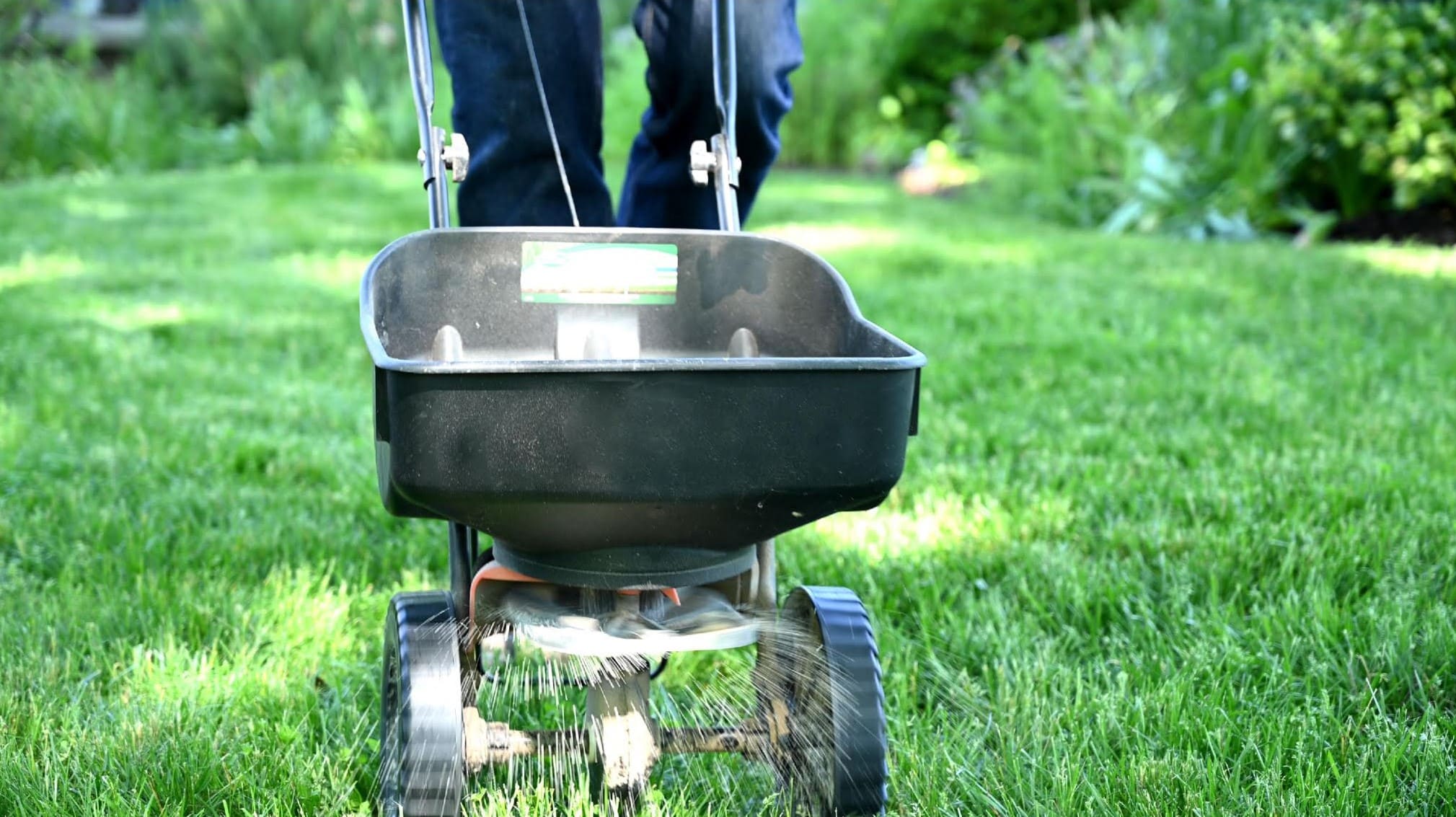

Landscaping Ideas
What Setting On A Scotts Spreader For Grass Seed
Modified: October 20, 2024
Discover the best setting on a Scotts spreader for grass seed with our expert landscaping ideas. Achieve a lush, green lawn with our helpful tips and recommendations.
(Many of the links in this article redirect to a specific reviewed product. Your purchase of these products through affiliate links helps to generate commission for Storables.com, at no extra cost. Learn more)
Introduction
Welcome to the world of landscaping, where the beauty of a lush green lawn can transform any outdoor space into a serene oasis. If you’re looking to cultivate a vibrant, healthy lawn, then selecting the right spreader and understanding how to use it effectively are crucial steps in the process. When it comes to spreading grass seed, Scotts spreaders are a popular choice among homeowners and professionals alike.
Scotts offers a range of spreaders designed to make the task of spreading grass seed and fertilizer easier and more efficient. Understanding how to adjust the settings on a Scotts spreader for grass seed is essential for achieving optimal results. In this article, we will delve into the intricacies of Scotts spreaders and explore the ideal settings for spreading grass seed, empowering you to nurture a thriving lawn with confidence and expertise.
Key Takeaways:
- Choose the right Scotts spreader setting for grass seed based on seed type, coverage rate, and lawn condition. Follow manufacturer recommendations and calibration chart for optimal results.
- Adjust Scotts spreader settings carefully, make perpendicular passes, and follow seed packaging guidelines for even grass seed distribution and healthy lawn growth.
Read more: How To Spread Grass Seed Without Spreader
Understanding Scotts Spreaders
Scotts spreaders are renowned for their quality, durability, and user-friendly design, making them a go-to choice for homeowners and landscaping professionals. These versatile tools come in various models, including broadcast spreaders and drop spreaders, each offering unique features tailored to specific spreading needs.
The broadcast spreader, also known as a rotary spreader, is ideal for covering large areas efficiently. It disperses seed or fertilizer in a wide, even pattern as the user walks, providing consistent coverage and minimizing the risk of over-application in any one area. On the other hand, the drop spreader releases material through a series of openings directly beneath the hopper, resulting in a precise, targeted application. This makes it well-suited for smaller, more intricate spaces where accuracy is paramount.
When using a Scotts spreader for grass seed, it’s important to consider the type of spreader and its specific features. The spreader’s hopper size, distribution pattern, and wheel design all play a role in determining the appropriate settings for spreading grass seed effectively.
Scotts spreaders are designed with user convenience in mind, featuring adjustable settings that allow for precise control over the application rate and distribution pattern. These settings typically include a dial or lever that regulates the size of the opening at the bottom of the hopper, determining the flow of grass seed as the spreader is pushed or towed across the lawn.
Understanding the nuances of your Scotts spreader and its unique capabilities is essential for achieving optimal results when spreading grass seed. By familiarizing yourself with the specific features and settings of your spreader, you can maximize efficiency and ensure uniform coverage, setting the stage for a vibrant, healthy lawn to flourish.
Set your Scotts spreader to the recommended setting for your specific grass seed type. This information can usually be found on the grass seed packaging or on the Scotts website.
Setting for Grass Seed
When it comes to achieving a thick, luxurious lawn, the proper setting on your Scotts spreader for grass seed is pivotal. The ideal setting will depend on the type of grass seed you are using, as well as the specific recommendations provided by the seed manufacturer. Additionally, factors such as the desired coverage rate and the condition of your lawn will influence the settings you select on your spreader.
Before adjusting the settings on your Scotts spreader, it’s important to determine the appropriate application rate for the grass seed you intend to use. This information can typically be found on the seed packaging or obtained from the manufacturer’s guidelines. Most grass seed packages provide recommended settings for various spreader models, including Scotts spreaders, ensuring that users can achieve accurate coverage based on the specific seed type.
Once you have identified the recommended application rate for your grass seed, you can proceed to adjust the settings on your Scotts spreader accordingly. Start by consulting the spreader’s user manual to locate the calibration chart, which correlates different settings with corresponding application rates. This chart serves as a valuable reference, guiding you in setting the spreader to dispense the appropriate amount of grass seed per 1,000 square feet of lawn area.
When adjusting the spreader settings, it’s essential to do so on a flat, open area, away from the lawn, to prevent any accidental seed discharge. Begin by selecting the initial setting recommended for the specific grass seed you are using, as indicated on the calibration chart. Fill the hopper with the grass seed, set the spreader at the calculated setting, and then walk at a steady pace while operating the spreader to observe the distribution pattern. Adjust the setting as needed to achieve the desired coverage, ensuring that the seed is evenly dispersed without excessive overlap.
For optimal results, it’s advisable to make perpendicular passes with the spreader, crisscrossing the lawn to ensure uniform coverage. This approach minimizes the risk of missed spots and promotes consistent seed distribution, setting the stage for healthy, uniform germination across the entire lawn surface.
By carefully following the recommended settings for your specific grass seed and diligently adjusting your Scotts spreader to achieve the prescribed application rate, you can foster the growth of a vibrant, resilient lawn that enhances the beauty of your outdoor space.
Conclusion
As you navigate the world of lawn care and landscaping, the role of a reliable spreader in nurturing a thriving lawn cannot be overstated. Scotts spreaders offer a blend of functionality, precision, and user-friendly design, making them a valuable asset in the pursuit of a lush, healthy lawn. Understanding the intricacies of your Scotts spreader and knowing how to adjust its settings for spreading grass seed are essential steps in achieving optimal results.
By familiarizing yourself with the unique features of your Scotts spreader, whether it’s a broadcast spreader or a drop spreader, you can harness its capabilities to effectively disperse grass seed with precision and efficiency. The adjustable settings on Scotts spreaders empower users to fine-tune the application rate and distribution pattern, ensuring that the grass seed is evenly spread across the lawn surface.
When determining the ideal setting on your Scotts spreader for grass seed, it’s crucial to consider the specific recommendations provided by the grass seed manufacturer, as well as the desired coverage rate and the condition of your lawn. By adhering to these guidelines and utilizing the calibration chart provided with your spreader, you can confidently set the spreader to dispense the appropriate amount of grass seed, fostering uniform coverage and healthy germination.
As you embark on the journey of nurturing your lawn, remember that the settings on your Scotts spreader can be adjusted to accommodate different types of grass seed, ensuring that each variety receives the precise application rate needed for optimal growth. By carefully calibrating your spreader and making perpendicular passes across the lawn, you can promote consistent seed distribution and lay the groundwork for a vibrant, resilient lawn to flourish.
With the right knowledge and attention to detail, you can leverage the capabilities of your Scotts spreader to create a lush, inviting lawn that enhances the beauty of your outdoor environment. By mastering the art of setting your Scotts spreader for grass seed, you can embark on a journey of lawn care with confidence, knowing that you are equipped to nurture a thriving, verdant landscape that brings joy and tranquility to your outdoor space.
Ready to turn your indoor space into a vibrant oasis? Our next piece covers essential garden tools perfect for nurturing your indoor garden in 2024. From innovative watering gadgets to ergonomic pruning shears, find out how these tools can make indoor gardening more efficient and enjoyable. Dive into practical advice that'll help both rookies and seasoned green thumbs flourish.
Frequently Asked Questions about What Setting On A Scotts Spreader For Grass Seed
Was this page helpful?
At Storables.com, we guarantee accurate and reliable information. Our content, validated by Expert Board Contributors, is crafted following stringent Editorial Policies. We're committed to providing you with well-researched, expert-backed insights for all your informational needs.
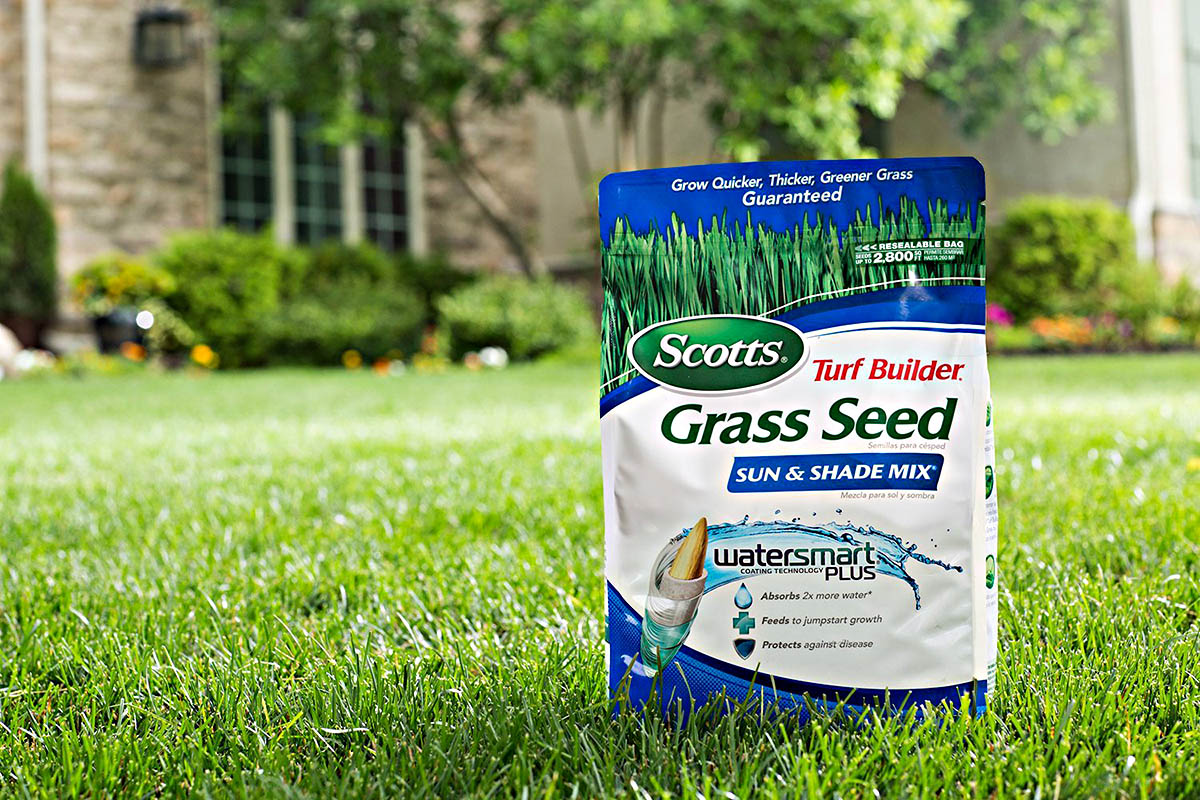

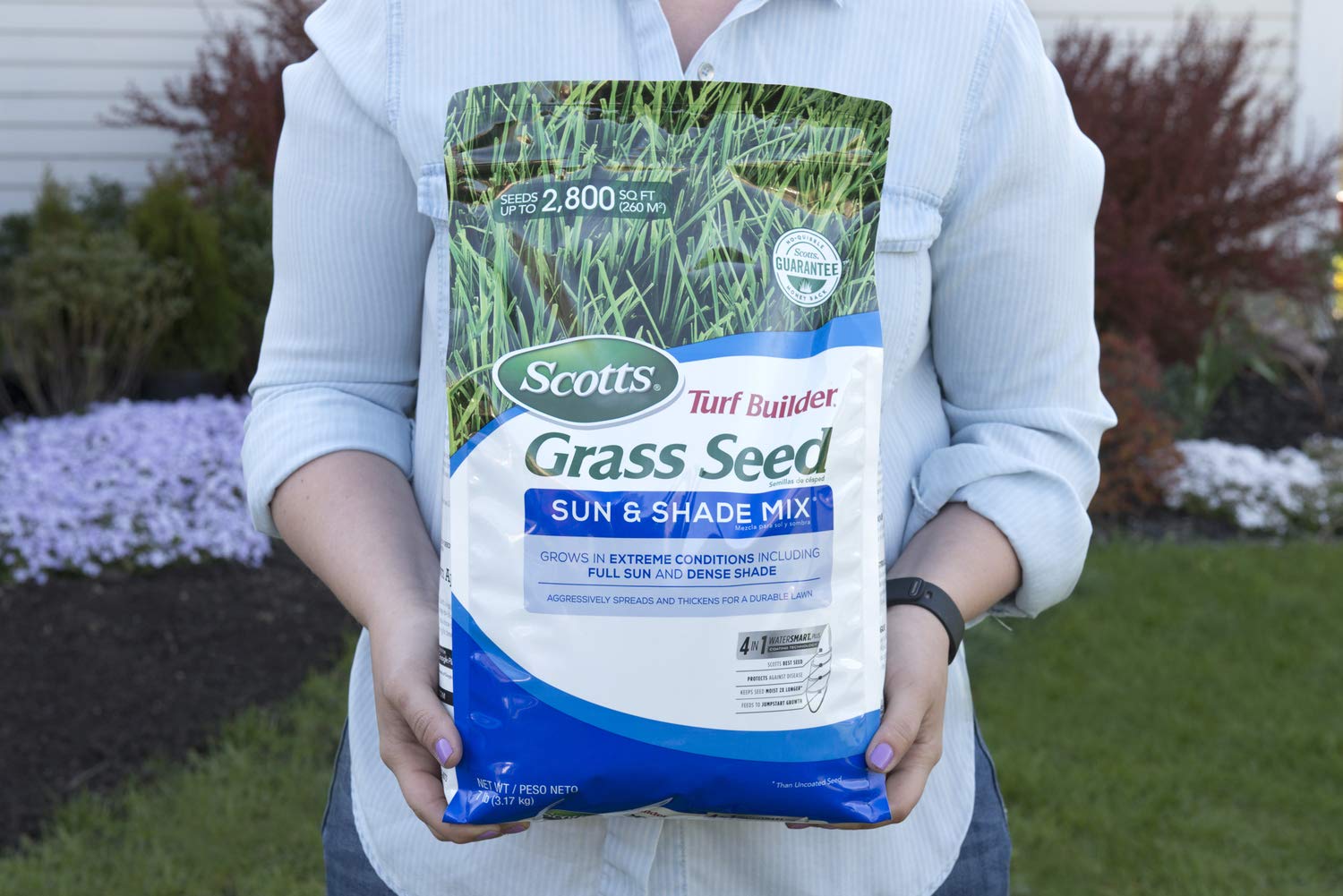
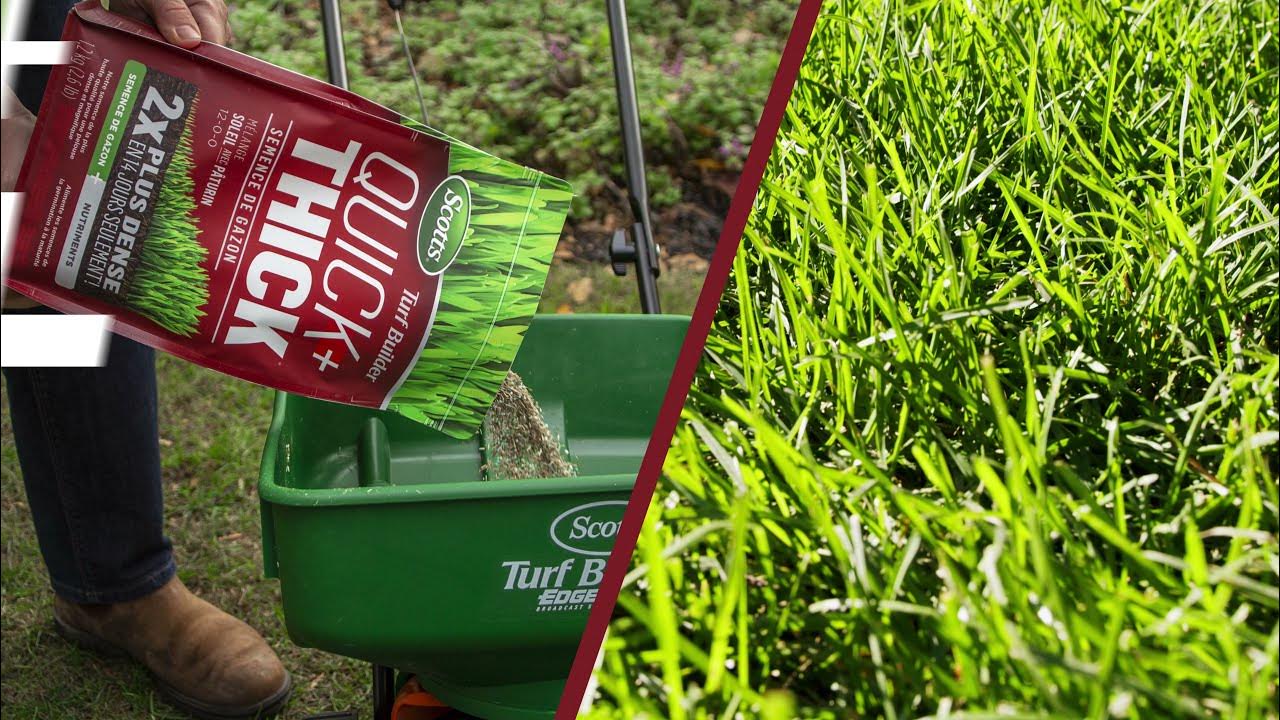
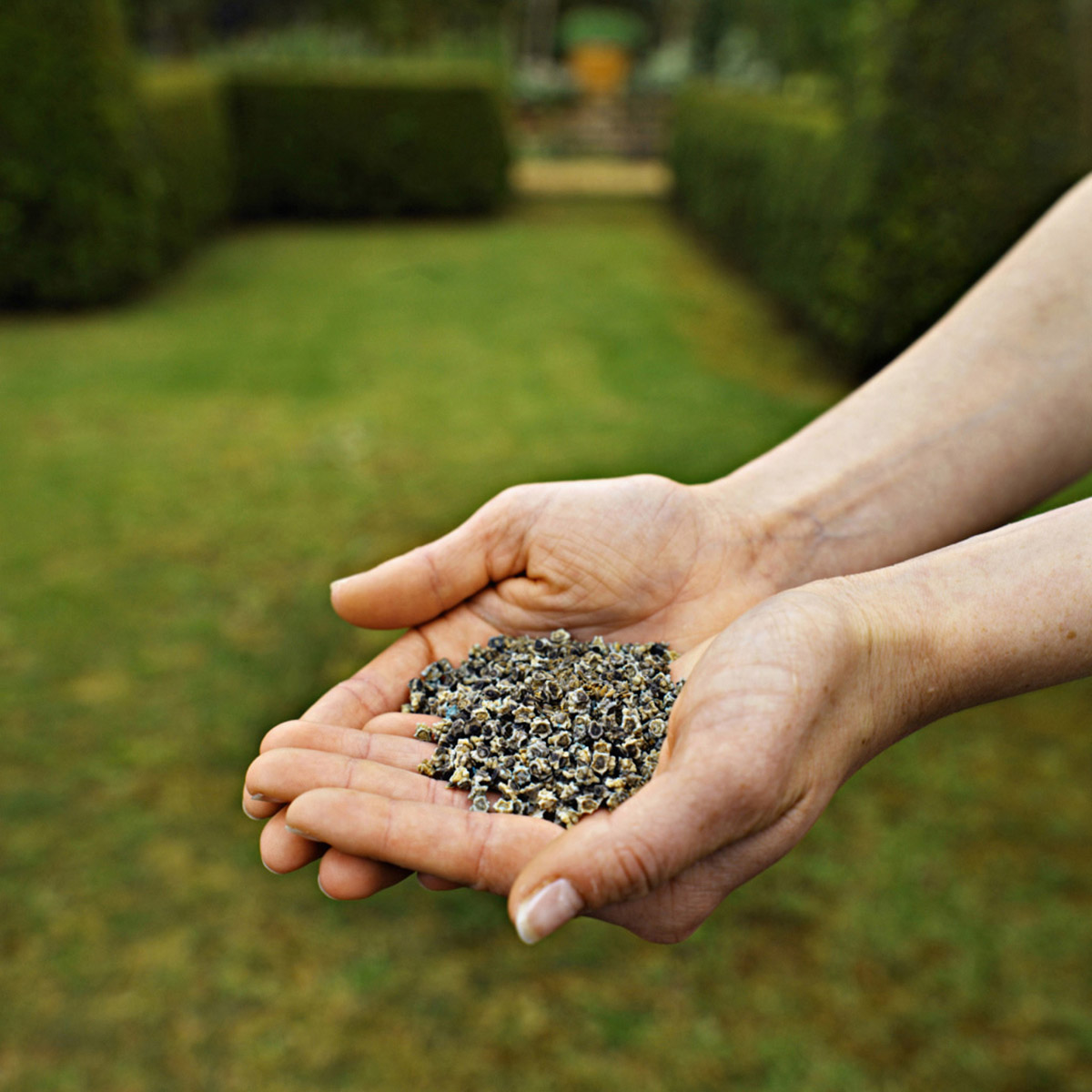
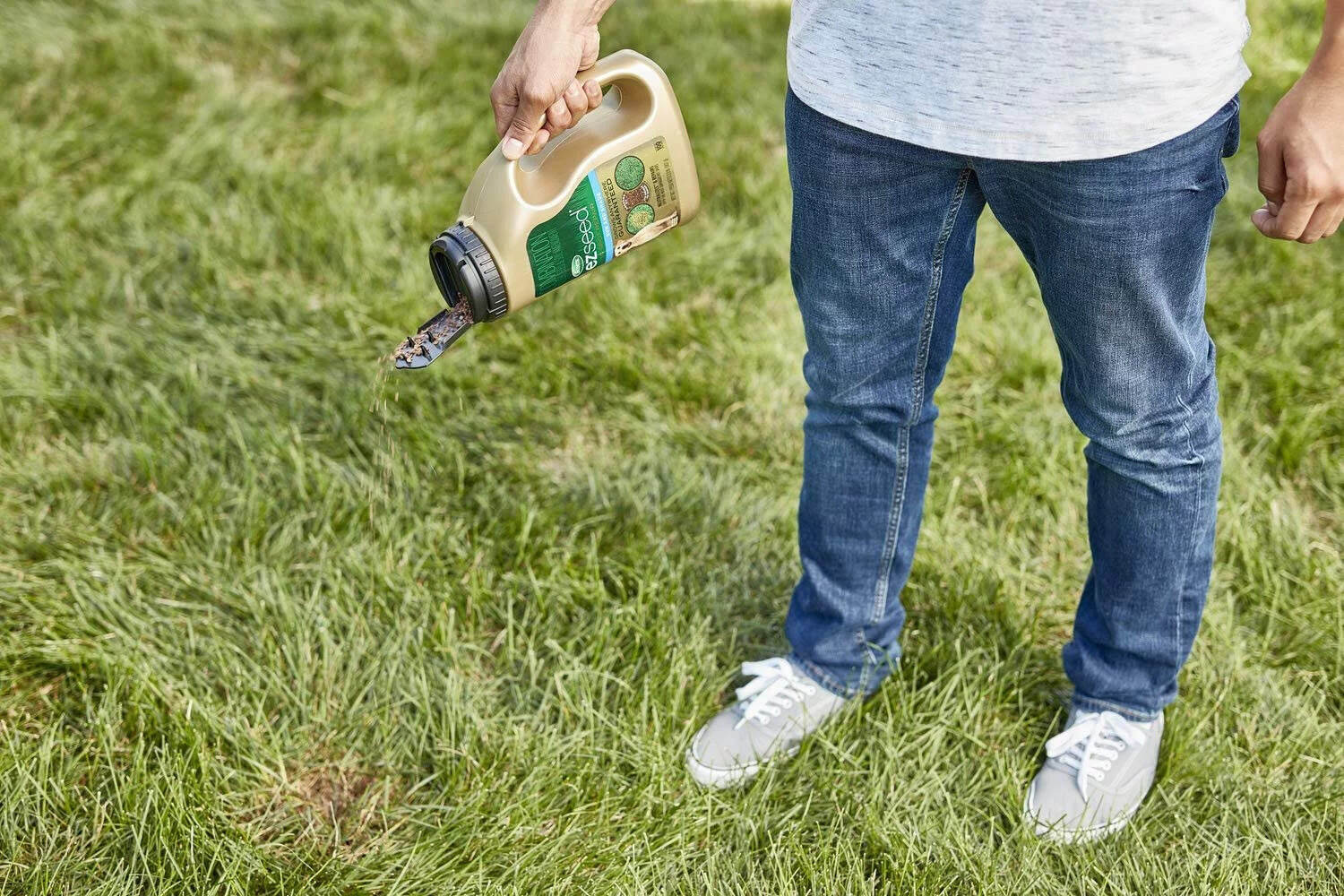


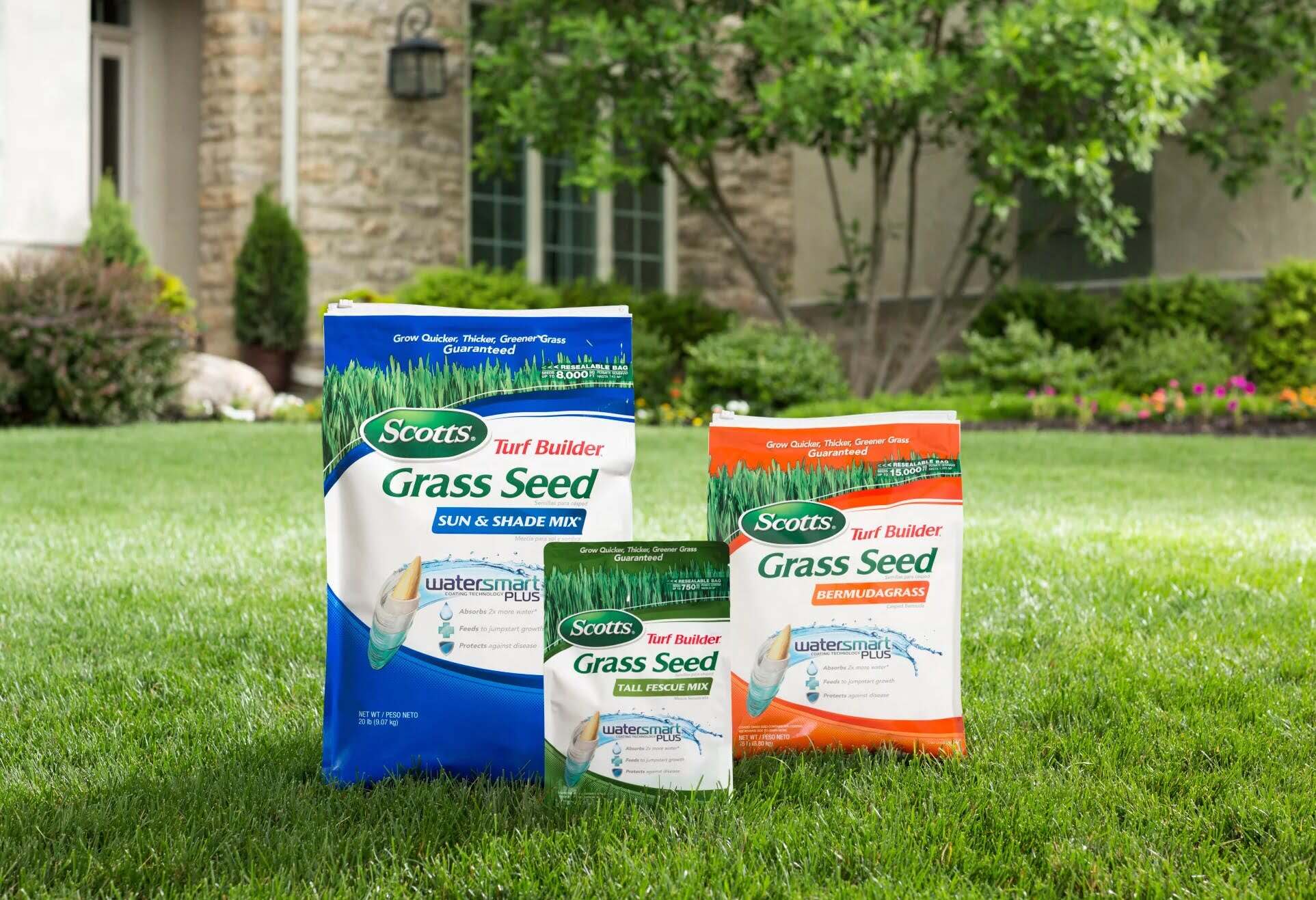
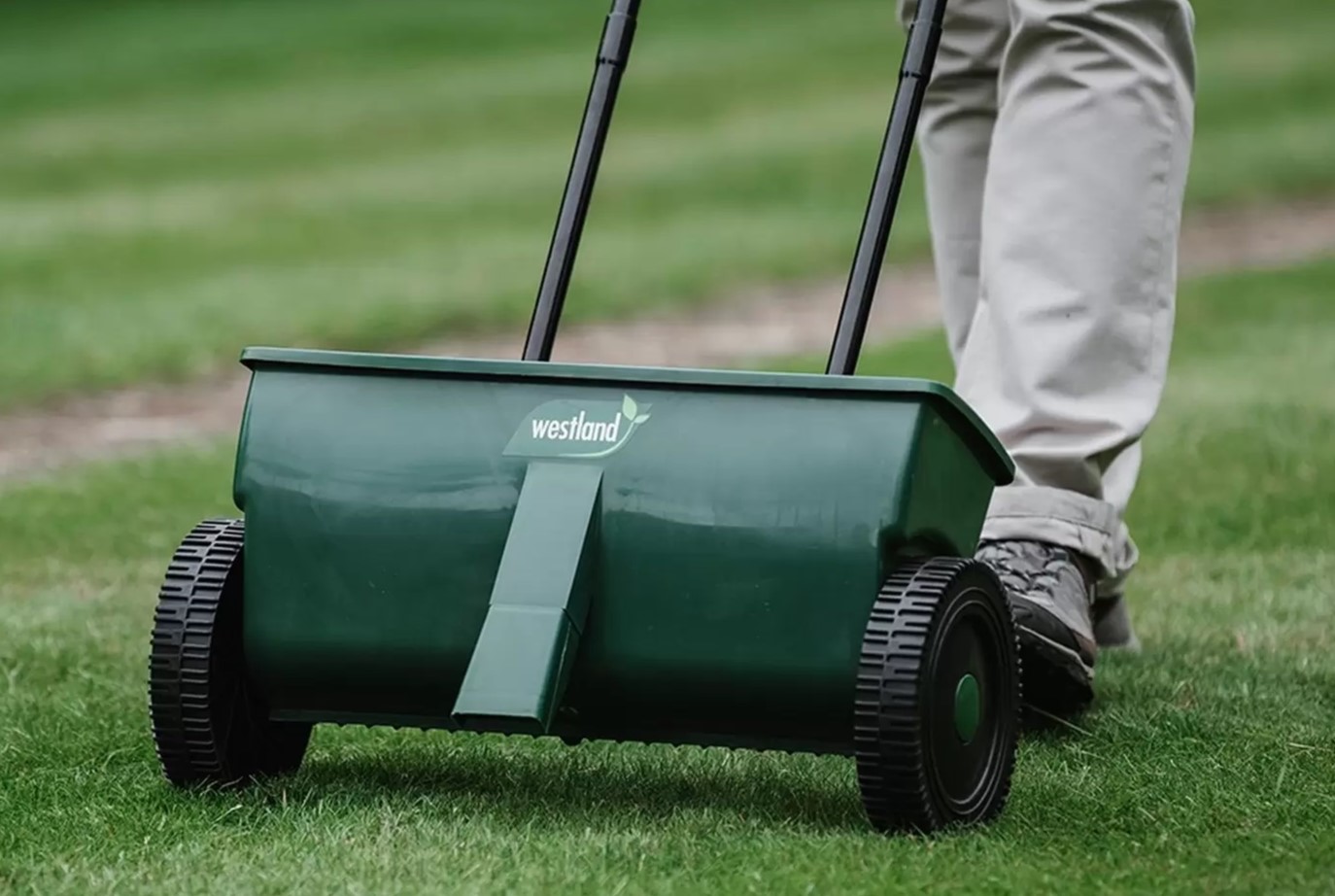
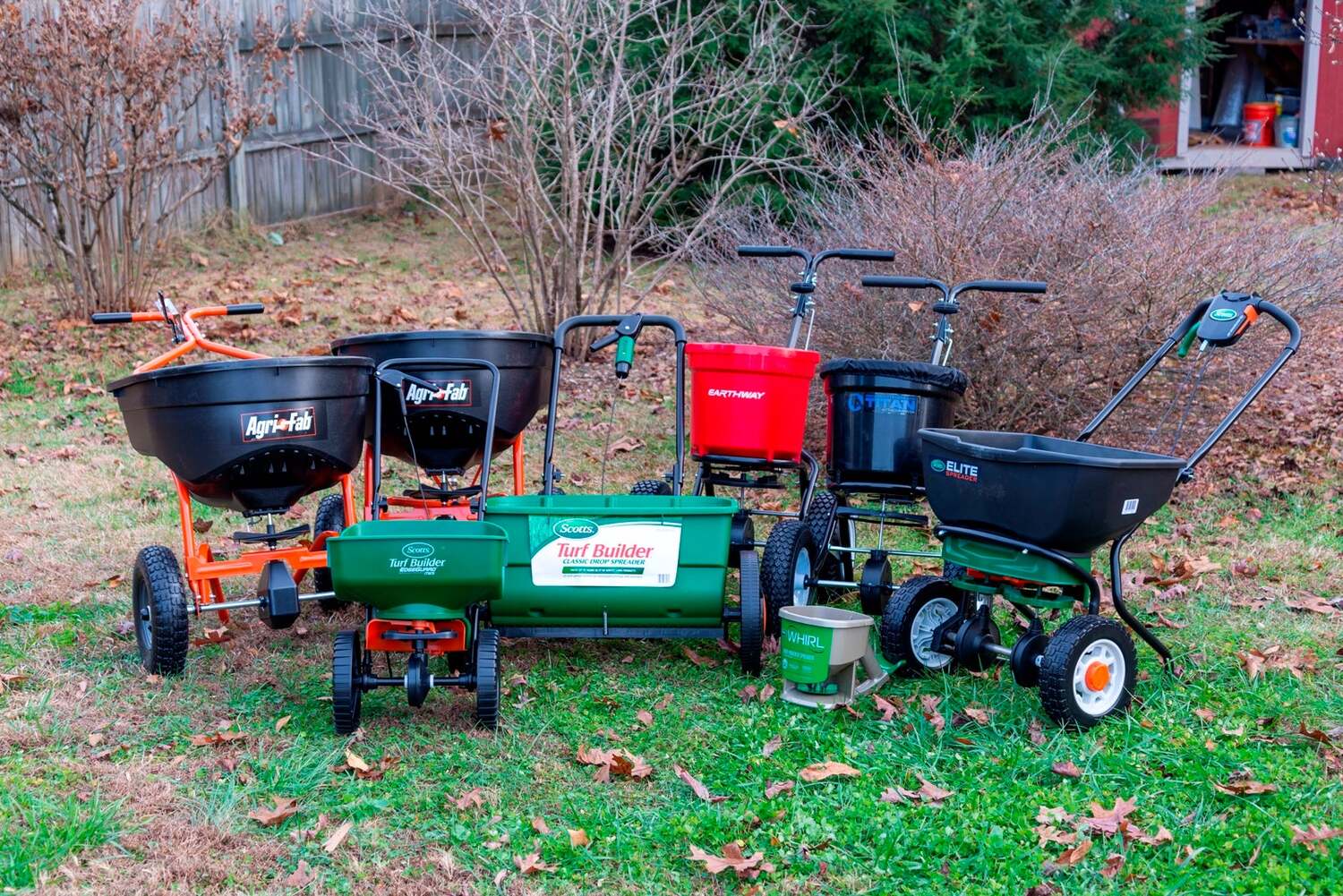
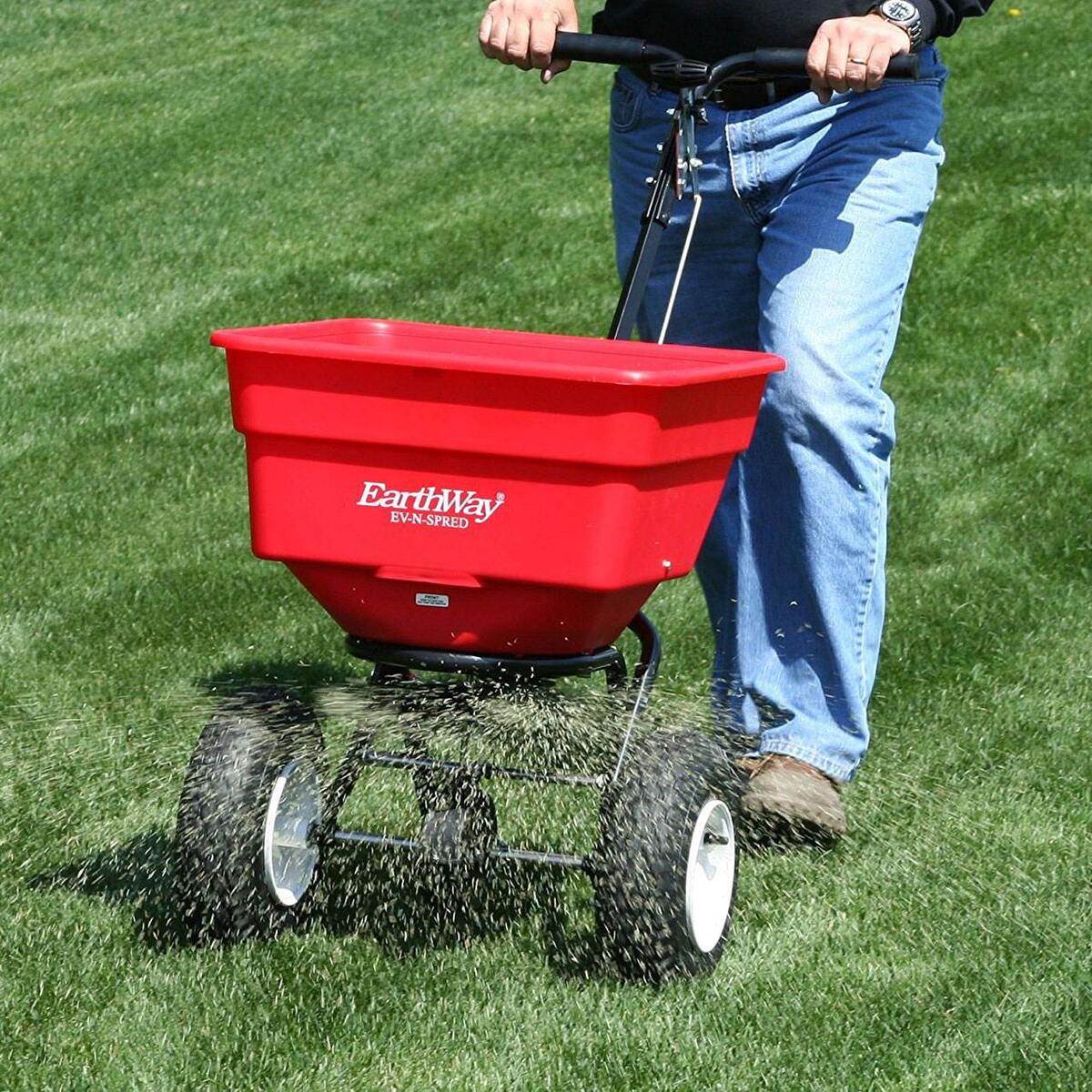
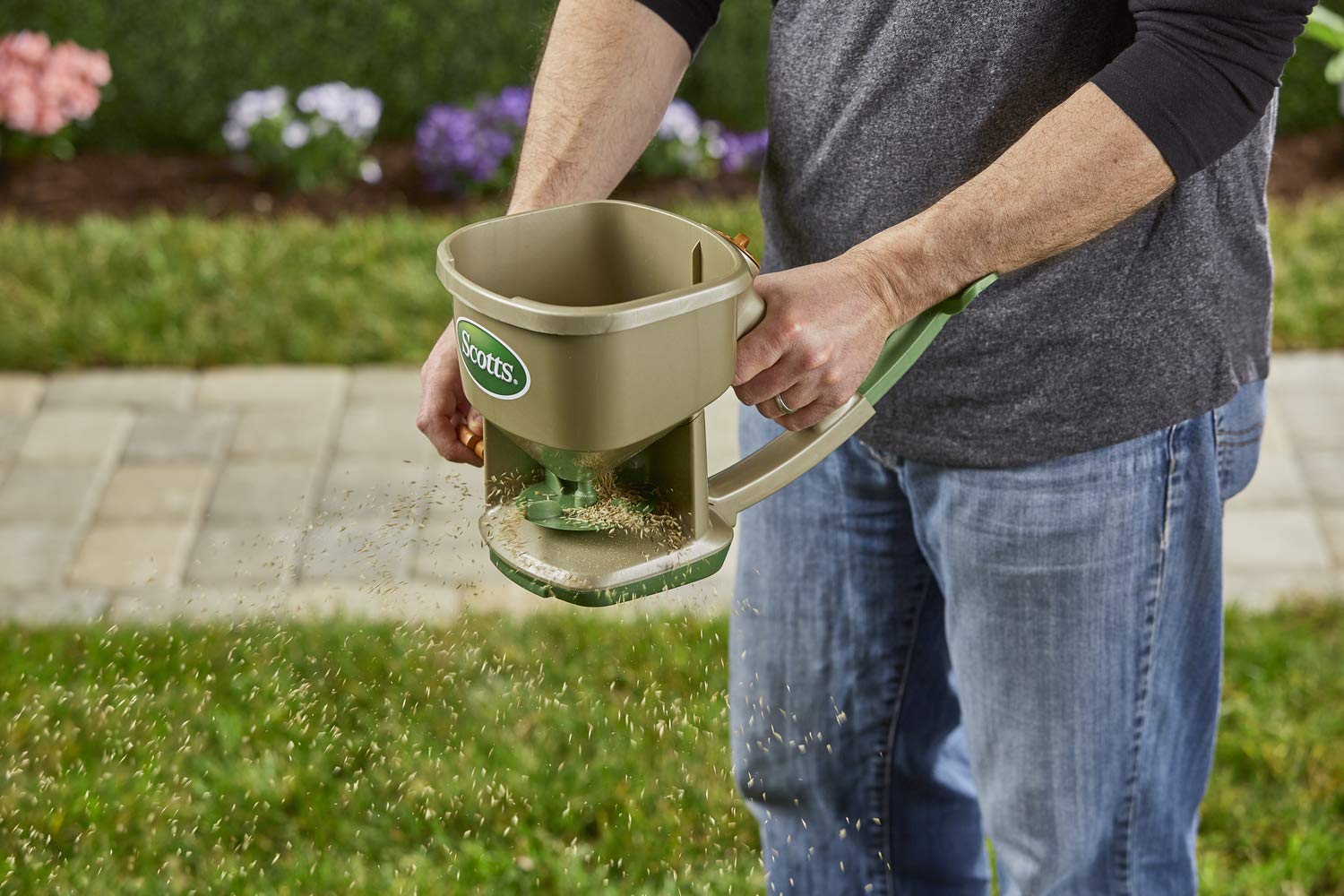
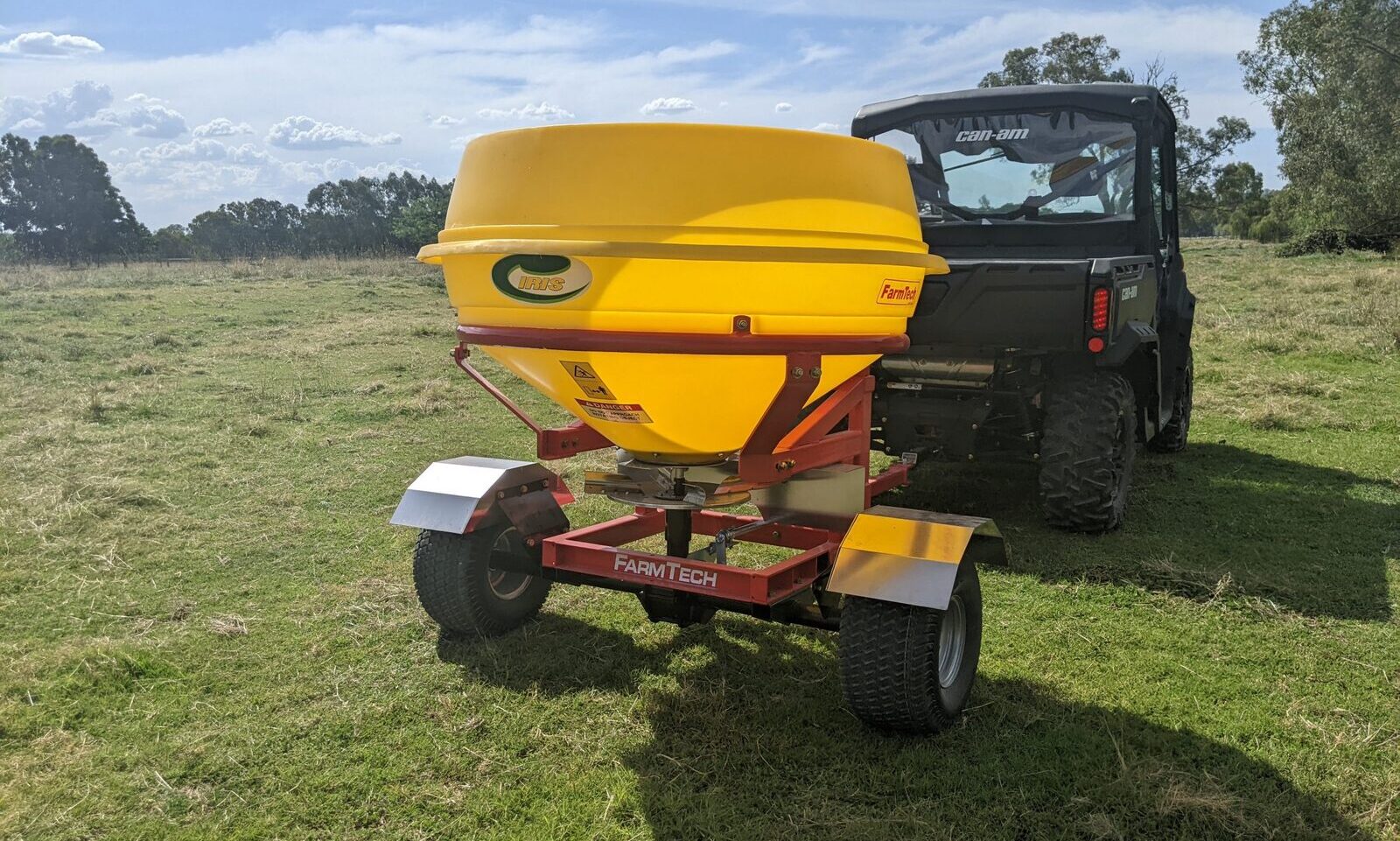


0 thoughts on “What Setting On A Scotts Spreader For Grass Seed”